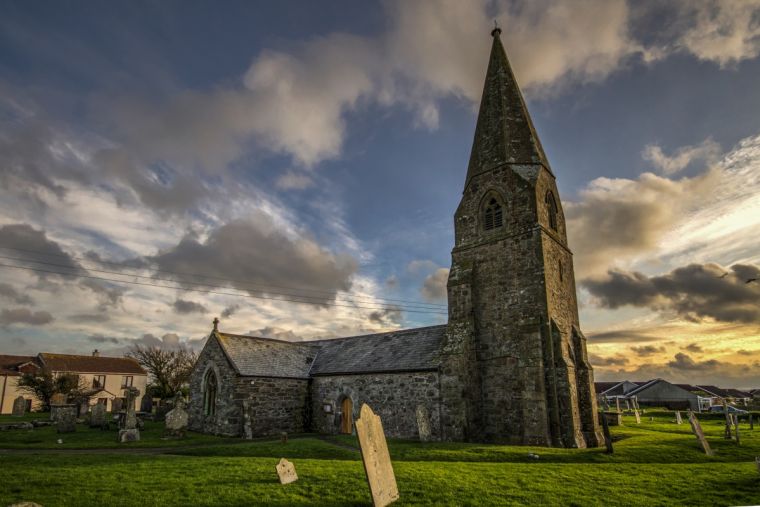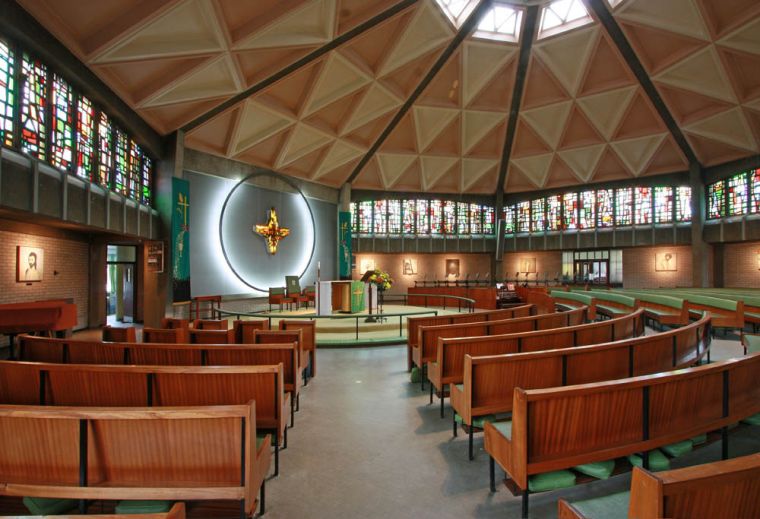From Ancient To Modern - New Cash Grants Help Save Some Of Britain's Loveliest Churches

This dramatic picture shows the ancient 14th century church of St Cubert, or Egloskubert in Cornish.
In the Truro diocese, and Grade I listed, it is among the many churches considered by Historic England to be "at risk".
Now it has been awarded a £40,000 Cornerstone Grant from the National Churches Trust for urgent roof, tower and other structural repairs.
The church is named after the little-known eighth century Welsh missionary, Cubert who was a companion of the better-known St Carantoc.
He played a significant role in the conversion of the Cornish to Christianity and returned to Wales, becoming an Abbot, after his work in Cornwall was done.
The church and the village which bear his name have seen regular worship since the eighth century and the present structure was built in the 14th century. Unusually, it was not modernised by the Victorians even in spite of structural damage from a lightning strike in the middle of the 19th century.
St Cubert's is one of three dozen churches helped this month by the trust.
At the other end of the architectural spectrum is St Laurence, an octagonal church with a pengagonal Lady Chapel in Catford in the Southwark diocese, built only in 1968.
The trust's description of why it needs the repairs give some indication of what recent life has been like for Anglicans in Catford.
"The repairs will mean an end to the church having to get out buckets when it rains," says the trust.
"The pews beneath the leaking windows will no longer need protecting, and the floor will no longer suffer from flooding.
"There will also no longer be the worry that lumps of glass could fall onto the heads of members of the congregation."
However there is more to this church than floods and falling glass.
Concrete frames bright coloured glazing which creates "a glorious sense of light-filled space, reverent and yet intimate, that even on dull days lifts the spirits of congregation and visitors," reports the trust. "Representative of the best of 1960s religious architecture, it is a combination of immanent and transcendent, individual and collective."

In all, 36 churches have received grants from the National Churches Trust.











